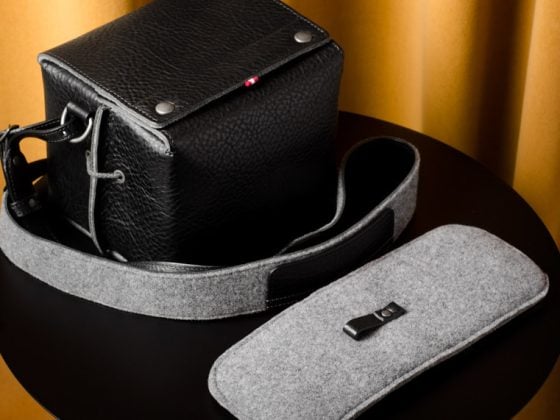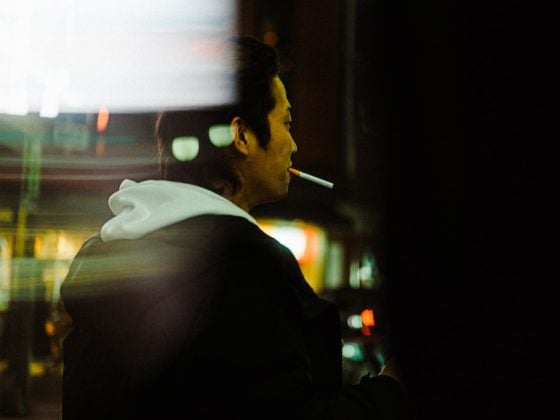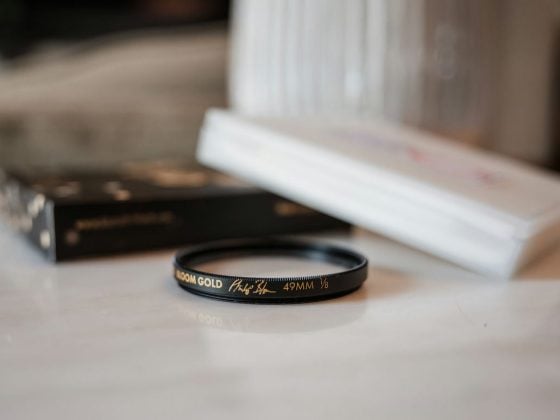The Voigtlander 35mm f1.7 is a great lens for those who want something relatively compact without sacrificing amazing image quality. It’s not the smallest 35mm lens you can buy, but it’s not the biggest either. It’s in that sweet spot.
While there are faster lenses, the f1.7 is still a great place to be, especially for a lens this size.
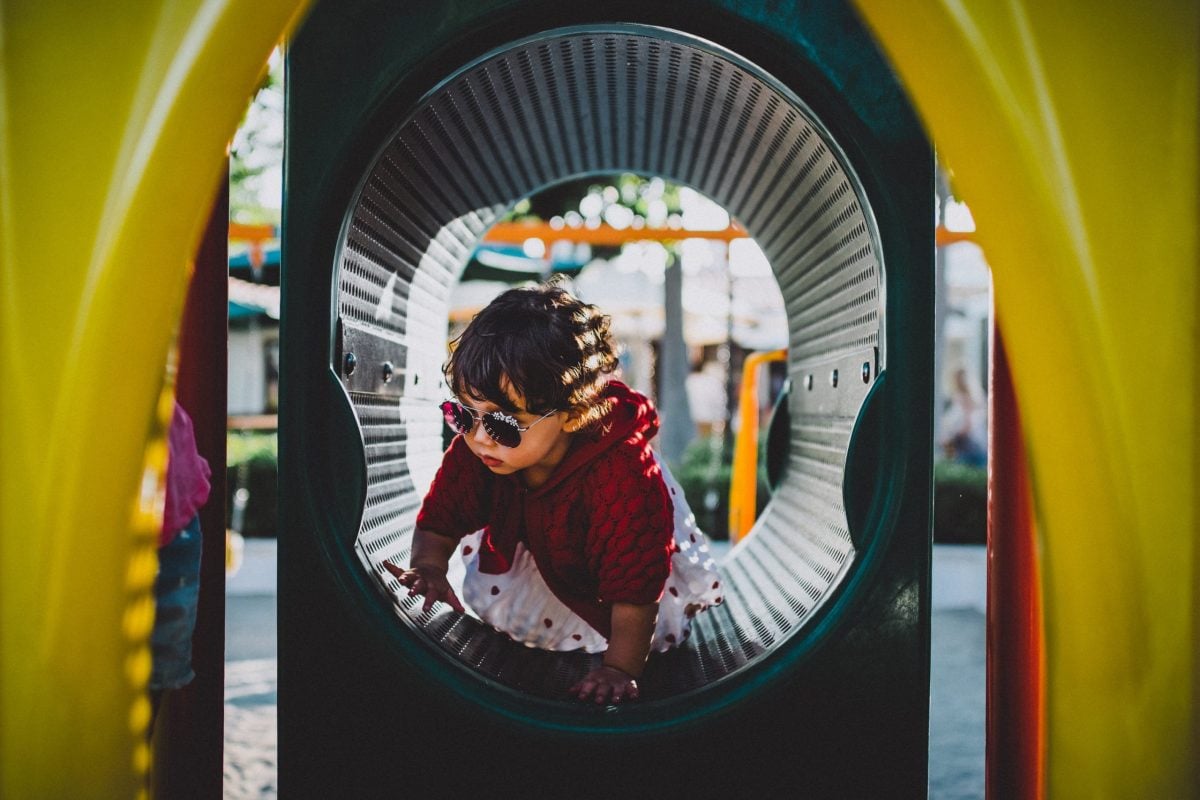
First Impressions
I’ve been buying Leica M mount lenses because I shoot on both Fujifilm and Sony and having lenses that can work on both systems is amazing. I ultimately bought this lens to work as a 50mm on my Fujifilm, where the APS-C crop makes it almost flawless, but it also works great as a 35mm on the Sony A7rIII.
This lens is beautiful physically. Silver looks amazing, but black is less likely to clash with your body unless you have a silver Leica or Fuji.
The focus ring is very smooth, and its images are extremely sharp, even to the edges, with slight softness in the corners.

Using UV Filters:
To use a UV filter with the hood that comes with the lens, you have to screw the filter onto the lens and then screw the lens hood onto the filter. So, you need to ensure you get a UV filter with front threads.
If you purchase the additional lens hood, then you get a two-part kit – A threaded barrel that screws onto the lens that also has threads for the UV filter. You’ll attach your UV filter to this barrel, then attach the barrel to the lens. Then the hood lays over the top of the barrel and has a thumb-tightening screw. It’s pretty fancy.


Technical Characteristics
The focus ring is nice to use. I also like the aperture ring, although it took me a minute to get used to it being on the end of the lens compared to being near the base of the lens. Aperture clicks feel good—not too soft, not too hard, either. I haven’t had any issues accidentally changing the aperture.
When focusing, the lens telescopes in and out, a feature that sometimes can cause more dust to be pulled into the lens by the vacuum created by the lens expanding and contracting. I haven’t had the lens long enough to know if it’s an issue or not. I’m sure it will be fine in most shooting situations; you just probably wouldn’t want to take it to Burning Man.
There are no other issues. There are just a few quirks that I’ll go over.







Vignetting
Vignetting is one of those characteristics we just have to accept with smaller lenses like this. I personally don’t mind it, and it’s not very bad on this lens compared to some of their other lenses, like the 15mm Heliar III. By f4, it clears up nicely but is still there even at higher apertures.
There is also no Lightroom profile correction for this lens, so if you notice vignetting, you must manually remove it.
I’ll be testing this lens on more cameras but expect it to perform differently on different systems as they all have different sensor stacks. I imagine we’ll see less vignetting on the Canon EOS R vs the A7III because of the smaller focus stack.

Voitglander 35mm f1.7 On The EOS R
When using the EOS R, there is noticeable purple vignetting at all apertures. It’s easy to fix with a radial gradient adjustment and a shifted green WB in Lightroom.
Note this is not as much of an issues in the newer Canon R bodies.

Corner and edge sharpness is better with Voigtlander 35mm f1.7 on the EOS R than with the Sony A7rIII or any full-frame E-Mount.
Field Curvature
Field Curvature occurs when you focus on the center of your lens and your background falls out of focus, except for some areas along the edges that are on a slightly different focal plane than your center subject. This characteristic might be brought on by Sony’s stacked CMOS sensor or the microlens configuration. I haven’t been able to find any good samples of this yet, only some minor issues that aren’t worth posting.
Sharpness
You might not like that this lens can only focus at a minimum distance of 0.5m. However, close focus with this lens isn’t great anyway, and if you want to capture sharp images at anything under f5.6, you’ll need to be a few feet away from your subject. I’ve found that anything under about three feet at f1.7 to f5.6 yields slightly softer images due to spherical aberrations. Step back, and things are razor-sharp again.
This is not uncommon. I have the same issue with my Fuji X100T.
Regardless, here is a sharpness test taken about 2-3 feet away at f5.6. From the corners to the edges, it’s looking great, much better than my Zeiss Sonnar f2.8 in the edges.
The center to edges look great. The corner does soften up slightly, but only at the extreme corners.
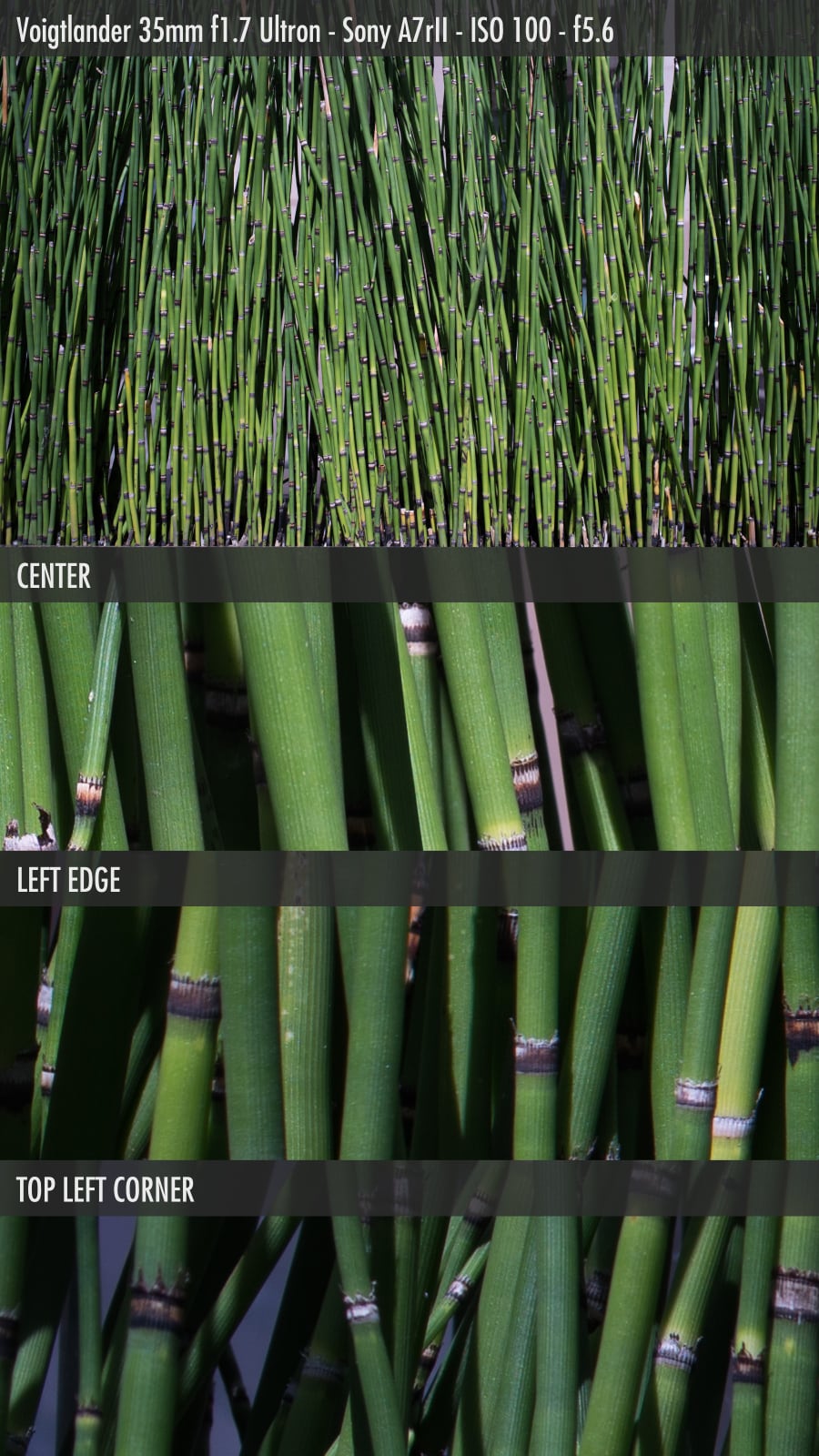
Chromatic Aberrations
This lens very well controls chromatic aberrations. I’ve yet to have them become an issue, and I struggle to find any bad examples in my day-to-day photography.
Out of all my photos shooting up into the sky at architecture, only a few shots had any chromatic aberrations. This was one of the rare examples. And this is as bad as it seems to get.
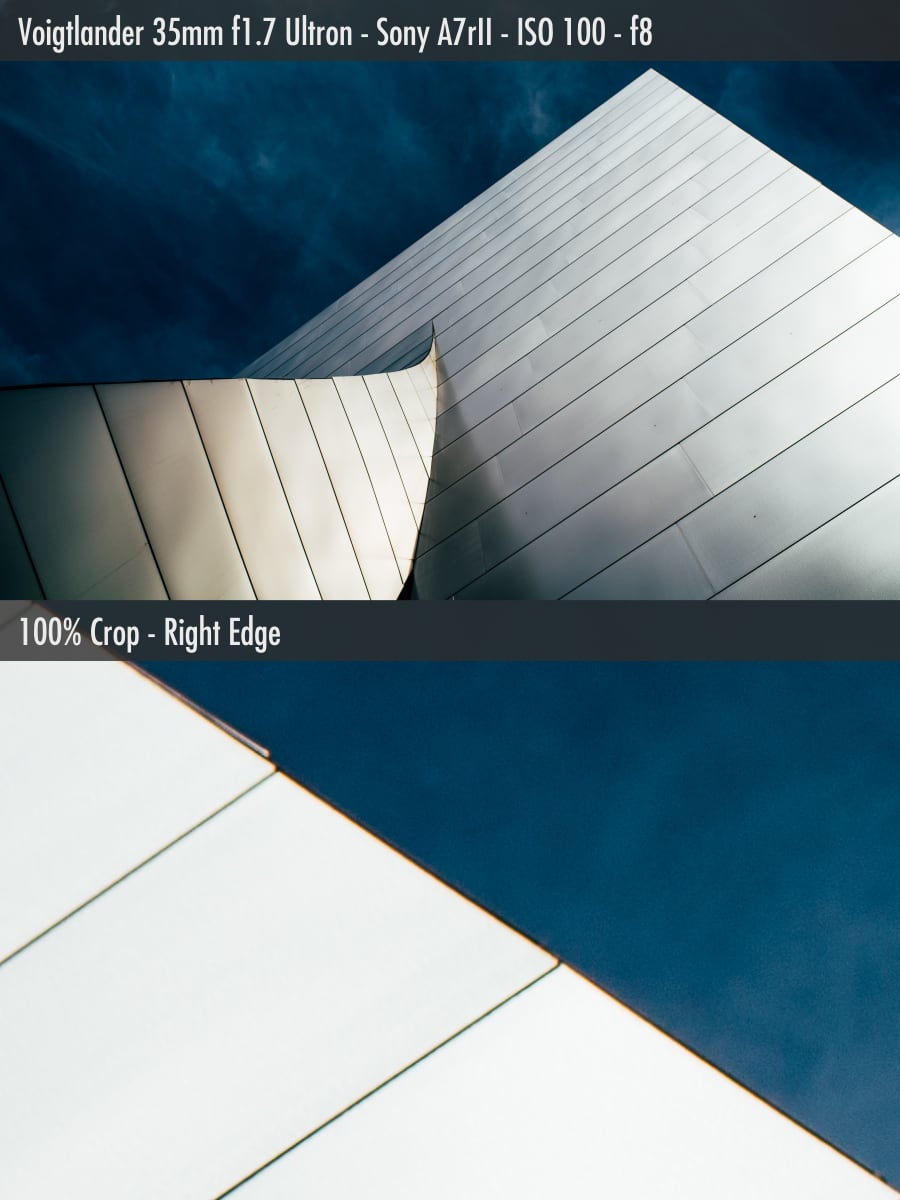
Diffraction & Aperture Control
This is more related to your sensor’s pixel pitch, but I still like to do diffraction tests with each lens to see how the lens center sharpness performs at all the different apertures.
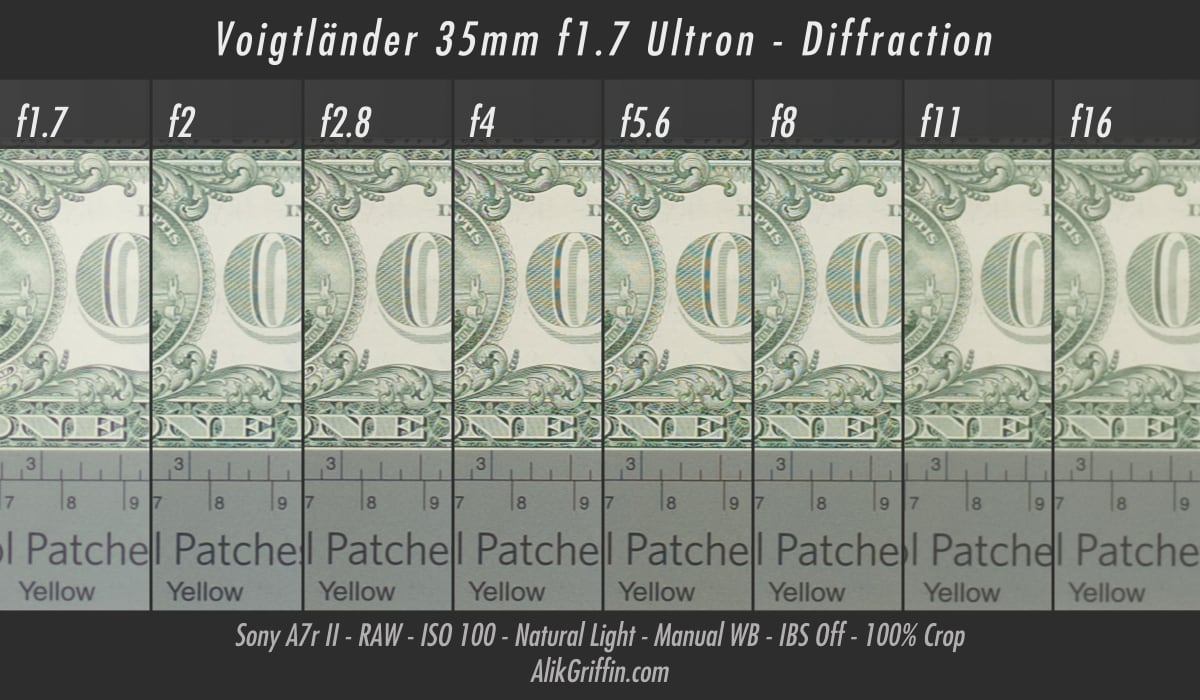
Bokeh
The Bokeh isn’t perfectly circular and might have a very subtle swirl, but I wouldn’t say it goes as far as having the cat-eye effect.
With that 10-blade aperture, it looks very creamy.

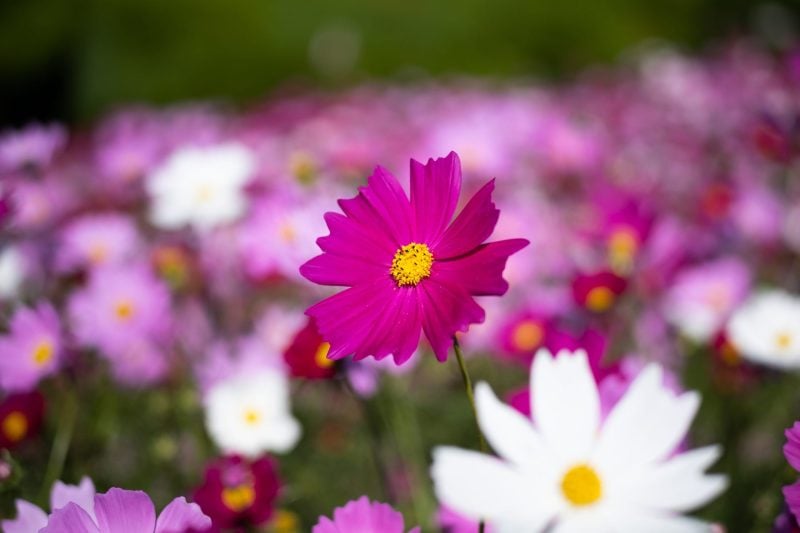
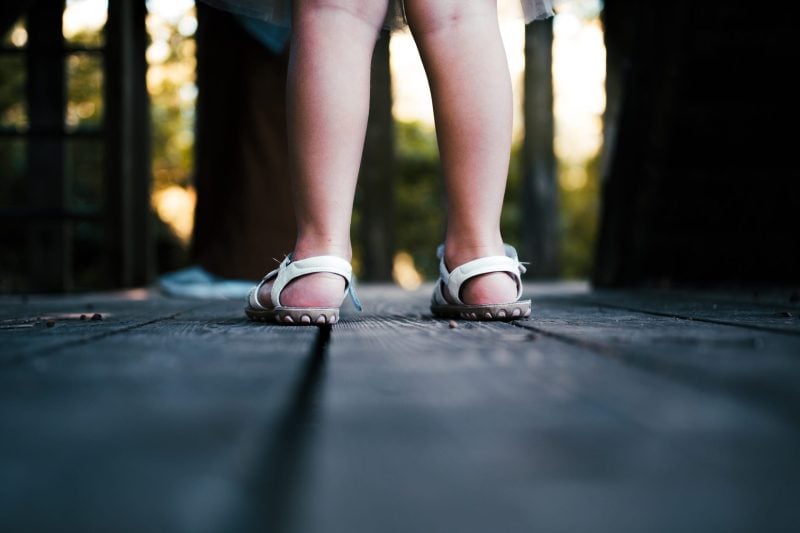






Sunstars & Flaring
Voigtlander lenses always produce nice sun stars, even at lower apertures. You can get them even at f2.8. This one is at f5.6.
It’s also very hard to get this lens to flare.
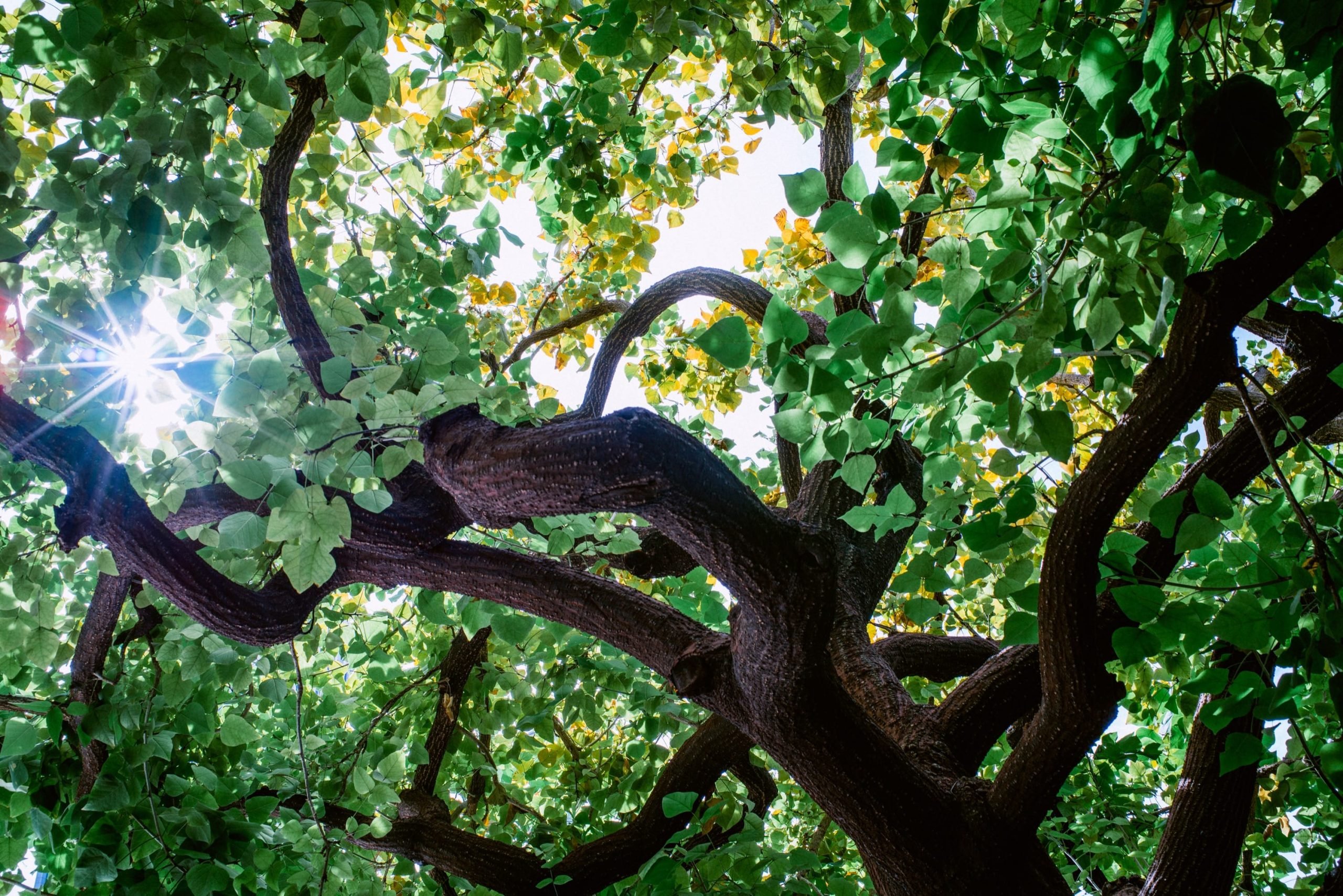
Focus Shifting
Focus shifting is when the focus changes slightly as you change your aperture. If you’re focused at f1.7, you might not be focused when you change your aperture to f5.6. I’ve found that to be the case with this lens. When doing the diffraction test, from f1.7 to about f5.6, I had to adjust the focus at each aperture setting; otherwise, it would shift as I stopped. The difference isn’t huge; most people probably won’t notice, but if you want to be precise, refocusing will make a difference after adjusting the aperture.
Voigtlander 35mm f1.7 Ultron Review | Conclusions
If you’re looking for an all-manual 35mm lens for your Sony or even your Leica at this price, this lens is it. Buying it should be a no-brainer. For how I shoot and what I shoot for, I really have no need for anything better than this, and there aren’t a lot of lenses that are better than this for these systems at this size.
It works very well on the Sony A7r III and is an amazing 50mm on the Fujifilm XT3. It’s a great lens, no matter what system you’re using.
The focus is silky smooth, it’s crazy fast for how small it is, and the optics are pretty close to perfect. I love this thing.
Using Adapters
On my Sony cameras, I use the Voigtlander VM to E-mount adapter. I also use the official Fujifilm adapter on the Fujifilm cameras because it has a button that lets you instantly access the mount adapter settings. For EOS R and Nikon Z, you can use the Kipon adapters.
If you want a cheap adapter, check out K&N Concept.
Voigtlander 35mm f1.7 Ultron Samples Photos




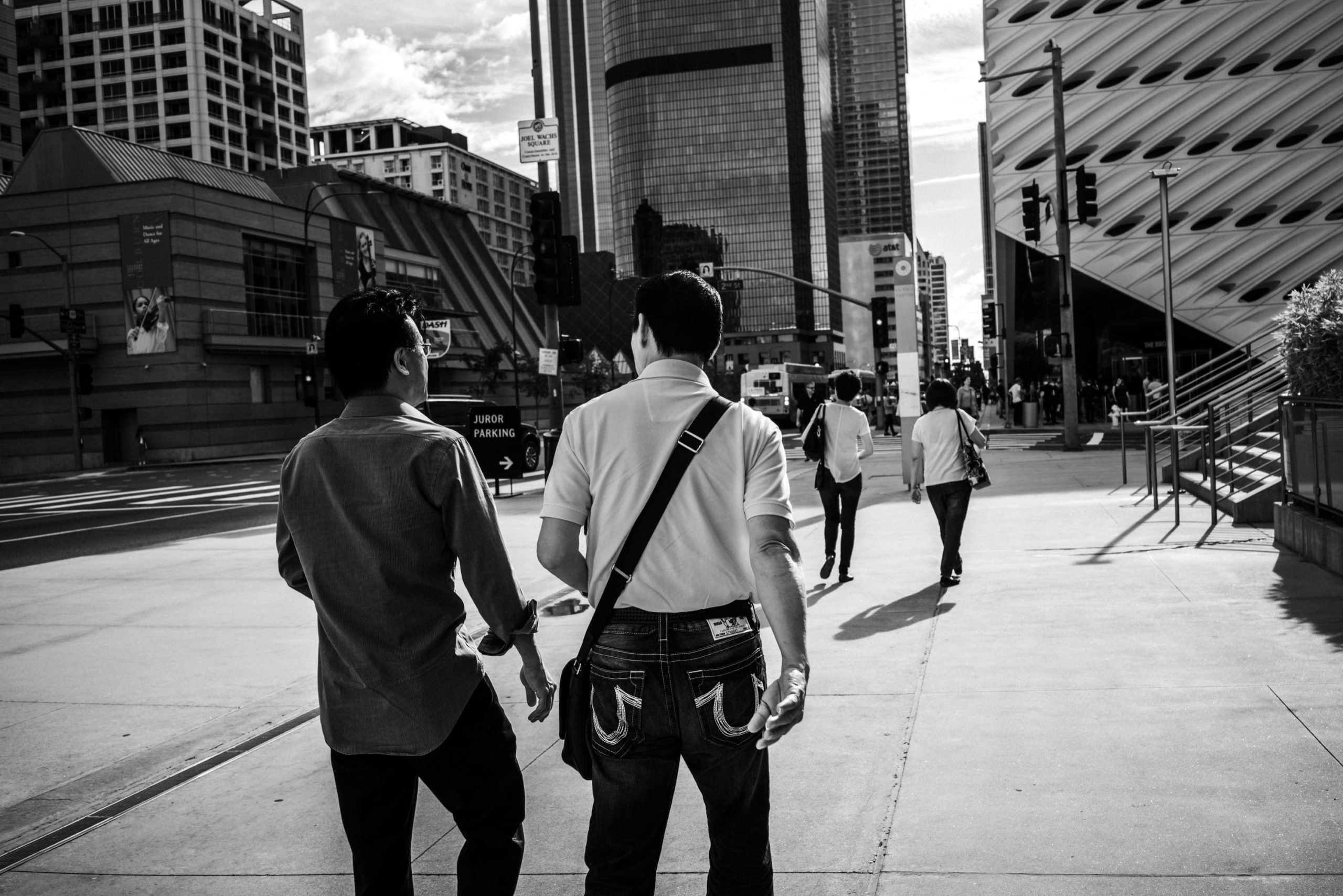

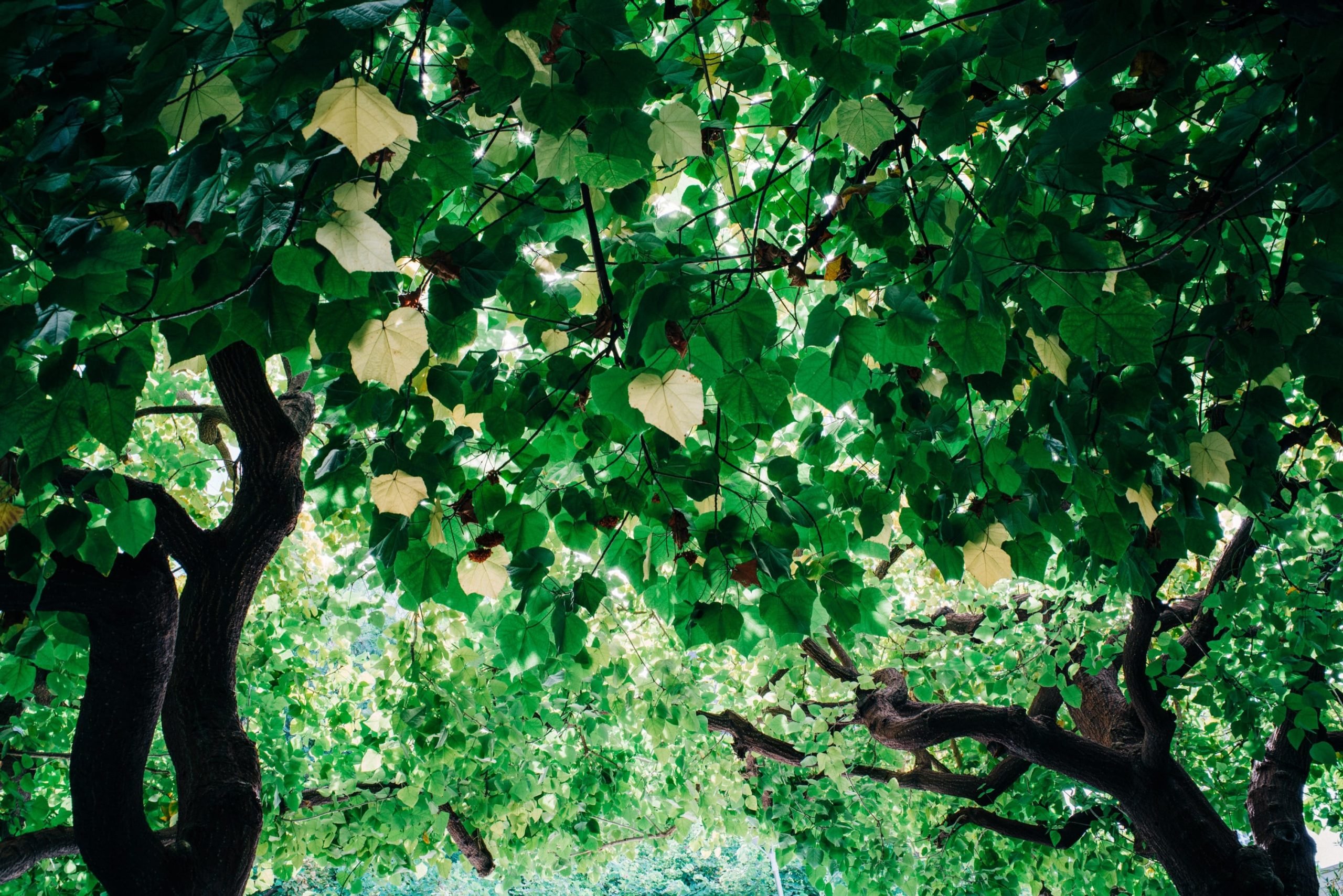

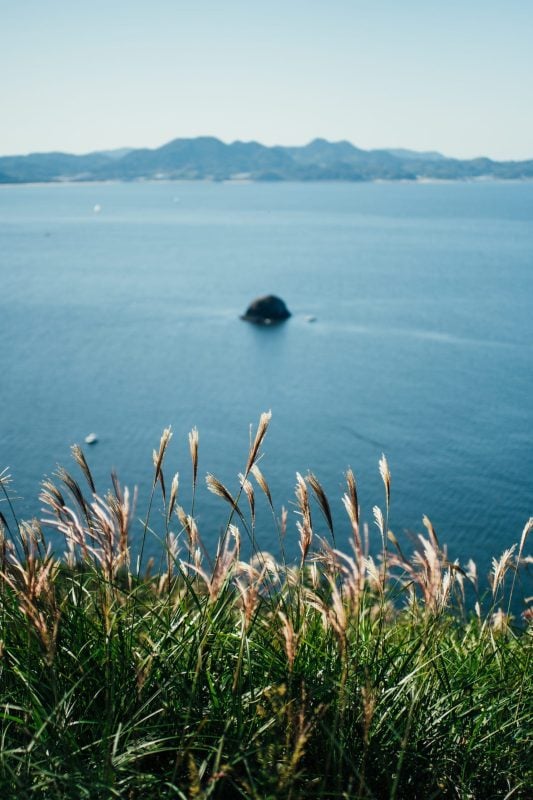
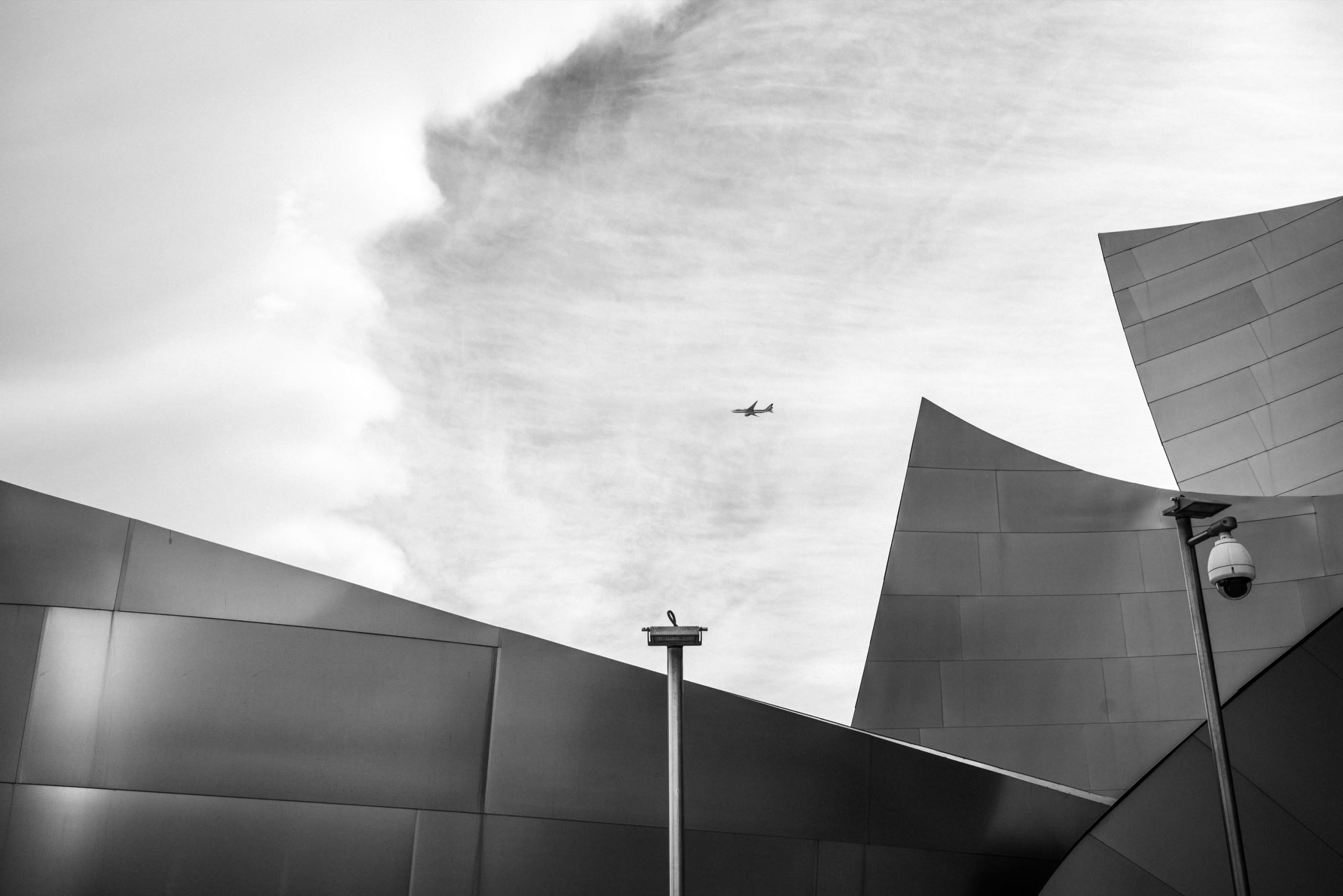
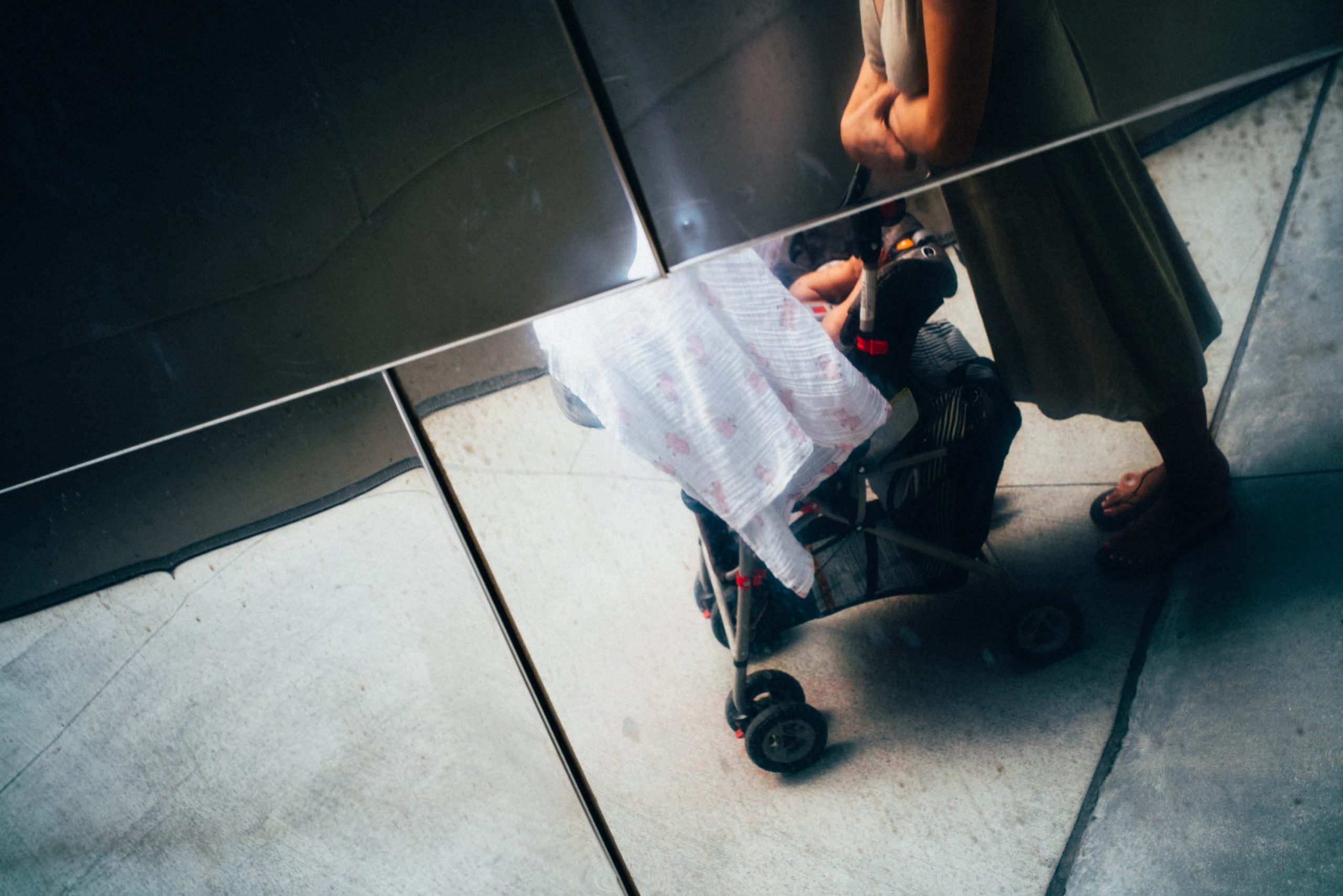
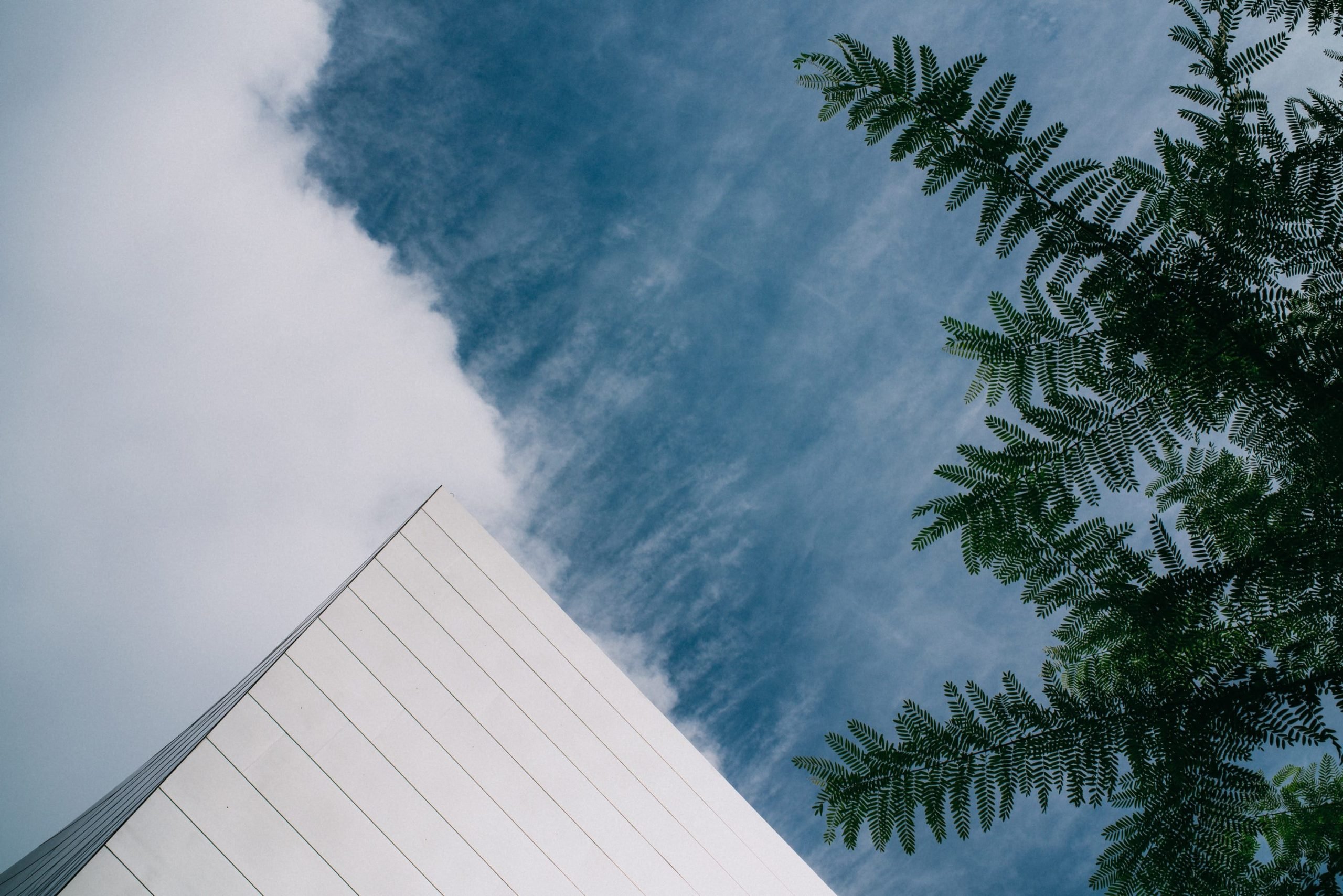





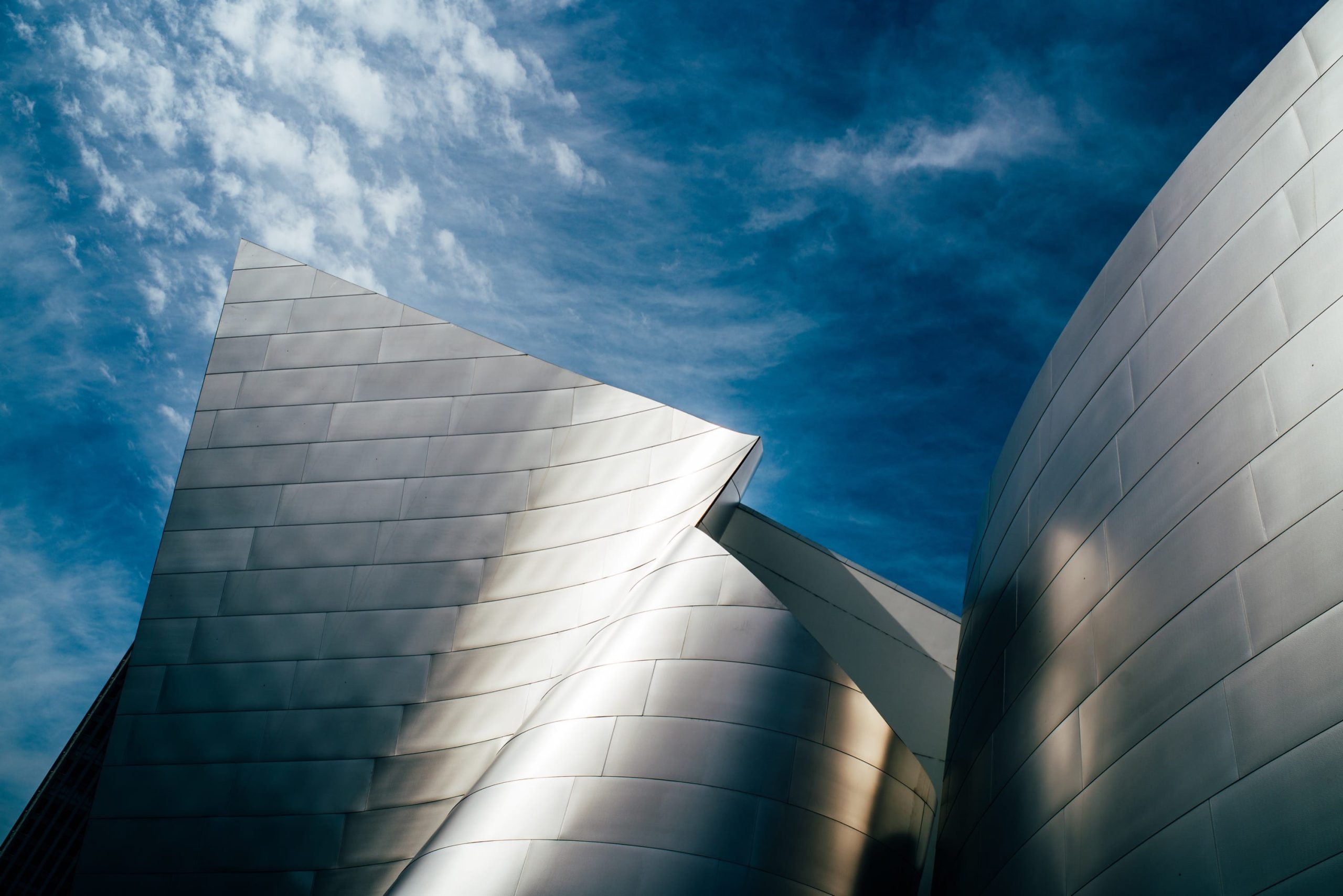
| **This website contains affiliate links. We will earn a small commission on purchases made through these links. Some of the links used in these articles will direct you to Amazon. As an Amazon Associate, I earn from qualifying purchases. |


